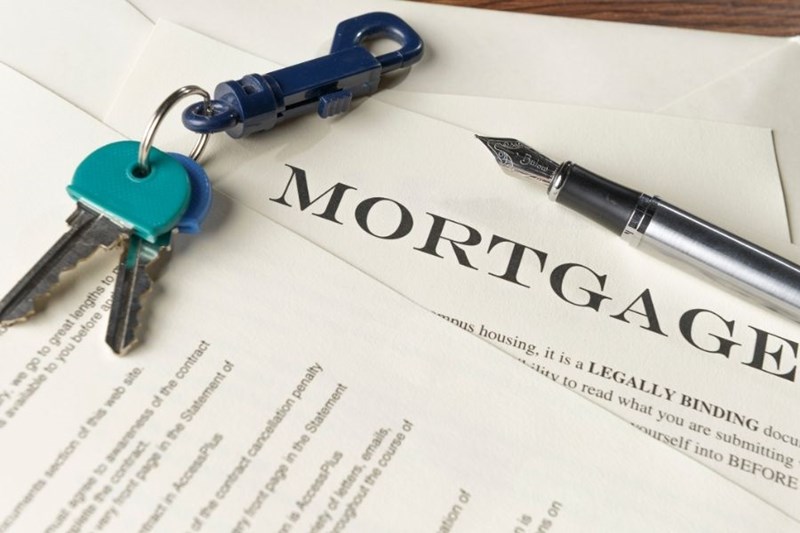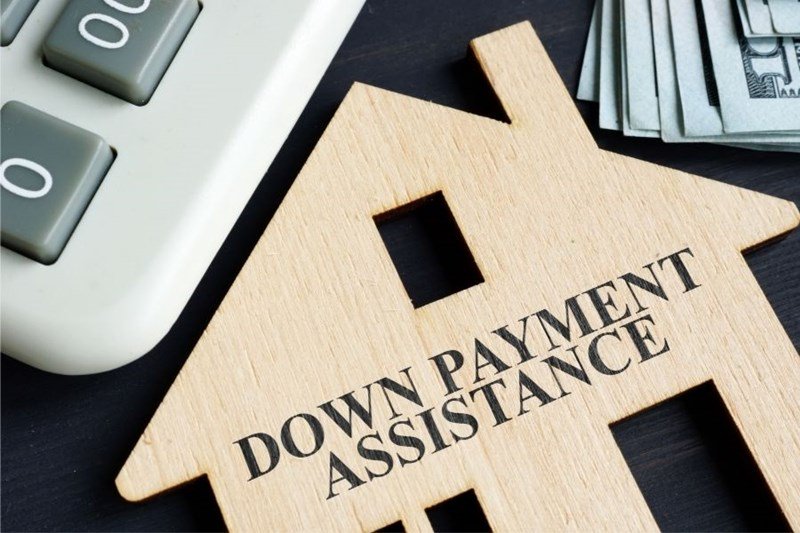
Photo from istockphoto.com/Natee Meppian
In this article:
Every active duty military member has a version of what retirement post-military life looks like. You might see a chef’s kitchen filled with family and friends for holiday dinners, or maybe you have dreams of first-class seats around the world to finally satisfy your wanderlust. For others, a retirement future holds the freedom to visit grown kids at the drop of a hat.
But to get to any of these scenarios, you need the money to fund the fun. So how do you get there? Will you be ready? Time marches faster than you think, especially as you look at more birthdays in the rearview mirror.
Take a look at some of these retirement savings stats to put things in perspective.
The Economic Policy Institute (EPI) says the mean retirement savings of all working-age families aged 32 to 61 years is $95,776. Not as much as you think, right? This number affects us all differently, but to put it further into perspective, it shows how the average American worker doesn’t have nearly enough retirement savings.
If you’re wondering how your savings stack up, here’s a helpful timeline by Fidelity Investments.
- By age 30: Have the equivalent of your salary saved
- By age 40: Have three times your salary saved
- By age 50: Have six times your salary saved
- By age 60: Have eight times your salary saved
- By age 67: Have ten times your salary saved
While saving for your retirement comes in many forms, 401Ks, private investment accounts, and your Thrift Savings Plan (it’s a good idea to max out your investment), there’s more you can do to work toward those sweet years on the horizon—real estate investing.

Photo from Canva
Investing in Real Estate as a Military Member
Because of our frequent duty station changes, military members are in a unique position to add a real estate income to their retirement portfolios.
Real estate investments meet one of our essential needs, a home for the family. And since it’s money you’d spend to live at your new duty station anyway, it makes sense to try to get double the benefit by turning it into a source of passive income to funnel money toward retirement upon moving.

Photo from Canva
For this to work, you’d have to consider the home you’ve just bought or are getting ready to buy as a long-term investment strategy. How do you do this? First of all, set emotions aside. If it’s not your forever home and you know the purpose is to turn a profit as soon as you PCS, look at what a prime real estate investment property looks like in your area.
It probably doesn’t have the in-ground pool in the back that you want or even all the finishes that make you swoon. Instead, it’s likely a three or more bedroom home in the form of a blank slate where family after family can envision calling it home. Oh, and move-in ready!
“The last thing you want, especially as a long-distance landlord, is a property with a laundry list of expensive repairs. Of course, you may want to invest in minor repairs like paint and new flooring. However, homes with a newer HVAC system and roof should be toward the higher end of your list even if their kitchens and bathrooms don’t reflect the latest trend.” — Is a Rental Property the Right Investment for You?
As you’re househunting for a promising home in the area, think about your target market. If you’re near a military installation, then it’s probably military families! So focus on proximity to the base while keeping local BAH rates in mind.
Then run your finances. While you may easily find a home within BAH limits that’s marketable to many, your goal is to bring in extra money each month, right? So your budgeting starts now. Look at your mortgage rates, homeowner/landlord insurance, emergency funds, property management fees (or alternative), and cleaning fees. Then, figure out how much rent needs to be to not only break even but end in the green each month. Are you within BAH rate now?

Photo from Canva
Long-term, you can look beyond the property’s rental potential. Ultimately, what’s your end goal? Because, when it’s paid in full, you can either:
- Sell the home and transfer the amount into a retirement savings account, such as an annuity.
- Keep it and continue to receive a monthly rental income as a cash flow supplement.
- Or, maybe you take the sale and chase after your next investment property.
The best piece of advice? Consult a tax advisor before making one of these choices so you can understand your responsibilities such as capital gains taxes.
The VA Home Loan
As a service member, you have the phenomenal benefit in the form of a VA Loan. This home financing option, if you’re not familiar with it, is a loan that offers a zero down payment opportunity to buy a home. If you’re PCSing, as many of us are, buying a home with a VA loan often has far fewer upfront out-of-pocket expenses than moving into a rental property. Rentals most often require a security deposit, first month’s rent, and sometimes even last month’s rent, in addition to pet fees, and so forth.
A VA loan won’t require the first payment until the following month. Don’t let the low upfront costs fool you, however. Houses require significant expenses that a renter wouldn’t have to shoulder, such as replacing appliances, annual HVAC system maintenance, and termite inspections.
Read What is a VA Loan?
Learn more about the different types of home loans in the short video below and then read on.
Additional Home Financing Options
What if you don’t want to buy a home with a VA loan? There are a few instances where the VA loan isn’t a good fit, and you might find yourself shopping for other financing alternatives. For instance:
- You’re already using your VA loan benefit (though in special circumstances, you can take out a second VA loan).
- The home doesn’t meet the minimum purchasing requirement for the VA loan entitlement.
- You’re not too keen on adding the VA funding fee to your closing costs, meaning that you’ll walk into your new home owing more than the home is worth. It’s akin to the same yucky feeling that the financially squeamish among us feel after driving a brand new car off the lot and realizing that the 100 feet you’ve driven just cost about 5% of the value of purchase!
- You’re trying to buy a condominium in an area that the VA has tagged as a bad investment for such properties.
- The market in which you’re buying is too competitive to try and work a deal with a VA loan.
Learn more:
back to top
Down Payment Assistance
If you’re a fan of the VA loan but the cards aren’t playing out favorably, don’t let it hinder your passion to start investing in real estate today. Though it may not look exactly how you pictured it, not only are there other types of financing options that might be worth looking into like conventional loans, USDA loans, FHA loans, and more, there are also programs to help take the edge off your investment.

Photo from Canva
What are these programs? They’re essentially grants to help people buy a house.
“Down payment assistance programs are typically meant for first-time home buyers. However, a repeat homebuyer often counts as a ‘first-time buyer’ if they haven’t owned a home in the past three years. Other requirements might include income caps and buying a home in a qualified area.” — Peter Warden, The Mortgage Reports
Many states offer down payment assistance programs for which a large number of military families would qualify.
Most often, the eligibility criteria follow this general guideline:
- First-time homebuyers
- Must have a low to moderate-income
- The property is the buyer’s primary residence
- The home is in a targeted census area
- The program accompanies an approved mortgage.
But that’s not always the case.
Forbes says that “depending on the program, your income may need to be less than 80% of the local median income. Some programs have more liberal standards of 120% or more of local median income.”
This means that not all down payment assistance programs target low-income families; instead, they’re for those earning steady, moderate incomes, making them perfect options for military families.
Where can you find down payment assistance programs?
While some down payment assistance programs are available through individual lenders, such as Wells Fargo’s CityLIFT, NeighborhoodLIFT, and HomeLIFT programs and government lenders like Fannie Mae, most of these programs are funded and distributed by each state and their housing commission.

Photo from Canva
So, if you’re interested in buying a home with the help of a down payment assistance program, check with your state’s government. A good local real estate professional should also be able to guide you, too!
You’re probably beginning to realize that there are some undeniable benefits to homeownership when it comes to beefing up retirement savings. And if you’re ready to get started, MilitaryByOwner is here to offer resources to help when you’re ready to buy your real estate investment property. And we’ll still be here when you’re ready to lease it out and become a landlord.
Check out the resources we offer for your home buying or landlord journey! Whether it’s answers to questions relating to the home buying process, becoming a landlord, preparing for renters, and more, we’re here to help!
Learn more about investing in real estate as a military member at Active Duty: Passive Income.
By Danielle Keech
Ready to start your home buying journey?
Download our complete library of FREE home buying ebooks. Start with "What to Know About Your Finances Before Buying a Home" below.


back to top